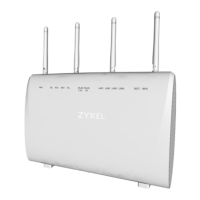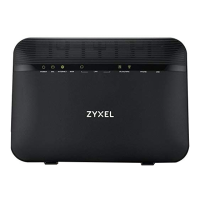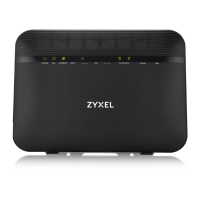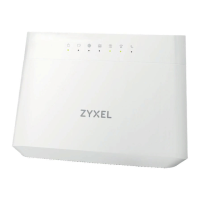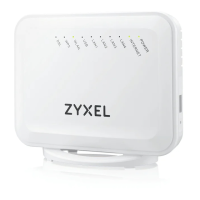VMG8825-B Series User’s Guide
228
CHAPTER 23
Voice
23.1 Overview
Use this chapter to:
• Connect an analog phone to the VMG.
• Configure settings such as speed dial.
• Configure network settings to optimize the voice quality of your phone calls.
23.1.1 What You Can Do in this Chapter
These screens allow you to configure your VMG to make phone calls over the Internet and your regular
phone line, and to set up the phones you connect to the VMG.
• Use the SIP Account screen (Section 23.3 on page 229) to set up information about your SIP account,
control which SIP accounts the phones connected to the VMG use and configure audio settings such
as volume levels for the phones connected to the VMG.
• Use the SIP Service Provider screen (Section 23.4 on page 234) to configure the SIP server information,
QoS for VoIP calls, the numbers for certain phone functions, and dialing plan.
• Use the Phone Device screen (Section 23.5 on page 239) to view detailed information of the phone
devices.
• Use the Region screen (Section 23.6 on page 241) to change settings that depend on the country you
are in.
• Use the Call Rule screen (Section 23.7 on page 242) to set up shortcuts for dialing frequently-used
(VoIP) phone numbers.
• Use the Call History screen (Section 23.8 on page 243) to view detailed information for each outgoing
call you made or each incoming call from someone calling you.
• Use the Call Summary screen (Section 23.9 on page 243) to view the summary list of received, dialed
and missed calls.
You don’t necessarily need to use all these screens to set up your account. In fact, if your service
provider did not supply information on a particular field in a screen, it is usually best to leave it at its
default setting.
23.1.2 What You Need to Know About VoIP
VoIP
VoIP stands for Voice over IP. IP is the Internet Protocol, which is the message-carrying standard the
Internet runs on. So, Voice over IP is the sending of voice signals (speech) over the Internet (or another
network that uses the Internet Protocol).
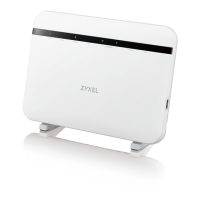
